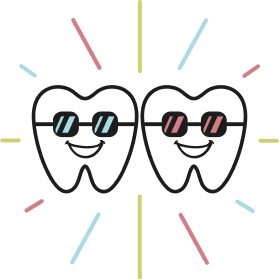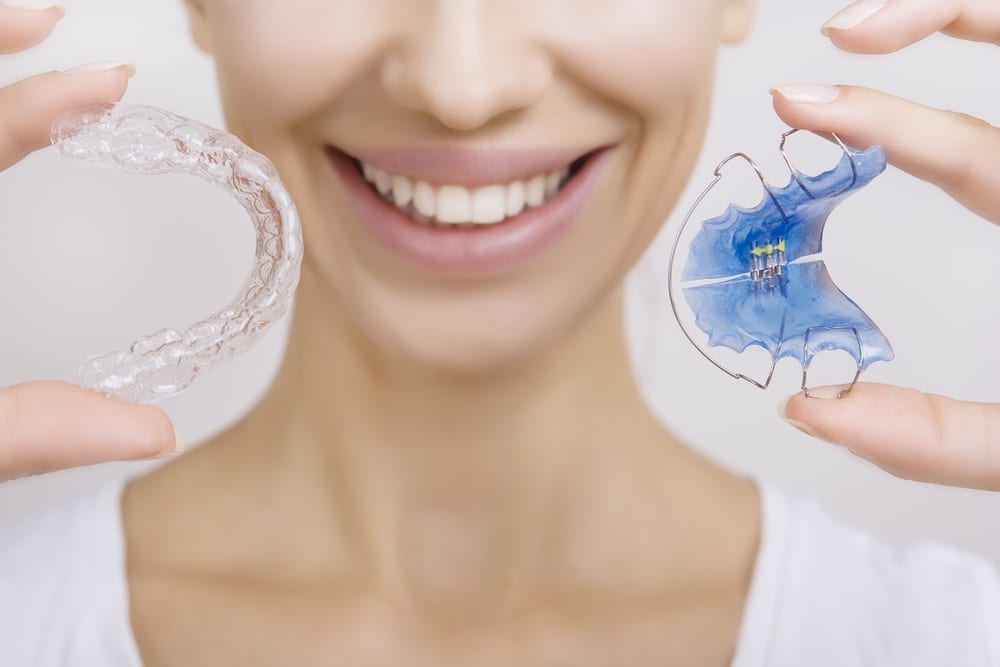Finishing orthodontic treatment is a huge milestone—but it’s not the end of the journey. Once your braces come off or your last Invisalign tray is complete, there’s one key step that ensures all your hard work doesn’t go to waste: wearing a retainer.
For patients in Encino and beyond, retainers play a crucial role in preserving that straight, confident smile. Yet many people don’t realize just how important this phase is—or how quickly teeth can begin to shift back without proper retention.
In this guide, we’ll break down everything you need to know about retainers: why they matter, how they work, and what to expect as part of your long-term orthodontic care.
Why Retainers Are Essential After Orthodontic Treatment
Orthodontic appliances (braces or aligners) move your teeth into better alignment by applying gentle, consistent pressure. But once that pressure is removed, your teeth need time to stabilize in their new positions. The bone and tissue surrounding the teeth are still adapting, which makes them prone to movement.
Without a retainer, it’s common for teeth to shift—sometimes noticeably—within a matter of months. This process is called orthodontic relapse, and it can undo the progress you worked so hard to achieve.
Retainers are designed to prevent that. They hold your teeth in place while the surrounding bone and soft tissue fully adjust to the new alignment, helping you maintain a beautiful, lasting smile.
Types of Retainers: Which One Is Right for You?
There are two main categories of retainers: removable and fixed. Each comes with its own advantages, and your orthodontist will recommend one based on your specific needs.
1. Removable Retainers
These are the most common and come in two main forms:
- Hawley Retainers — Made of acrylic and metal wire, they’re durable and adjustable.
- Clear Retainers — Often referred to as “Essix” retainers, these are transparent trays that look similar to Invisalign aligners.
Pros:
- Easy to clean
- Removable for meals and brushing
- Discreet (clear models)
Things to consider:
- Must be worn consistently as directed
- Can be lost or damaged if not stored properly
2. Fixed (Permanent) Retainers
These are thin wires bonded to the back of your front teeth, usually on the lower arch. They’re invisible from the outside and offer continuous support.
Pros:
- No need to remember to wear them
- Always working to hold teeth in place
Things to consider:
- Require special care when brushing and flossing
- Can loosen over time and may need adjustment
How Long Do You Have to Wear a Retainer?
Retention is a lifelong process—but the level of commitment changes over time.
- Immediately after treatment — You’ll likely need to wear your retainer full-time (about 20–22 hours a day) for the first few months.
- After the initial phase — Most patients can switch to nighttime wear only.
- Long-term — To maintain alignment, nighttime wear is often recommended indefinitely.
Even years after treatment, your teeth can shift slightly due to aging or pressure from everyday habits like grinding or clenching. That’s why long-term retainer use is a smart, preventive step.
How to Care for Your Retainer
Just like your teeth, your retainer needs regular maintenance to stay clean and effective.
Here are a few simple care tips for Encino patients:
- Rinse after removal — Always rinse your retainer with cool water to remove saliva and prevent bacterial buildup.
- Clean daily — Use a soft-bristled toothbrush and gentle soap—avoid toothpaste, which can scratch plastic retainers.
- Soak regularly — Use retainer-cleaning tablets or a mix of water and white vinegar for a deeper clean once a week.
- Store properly — Always keep removable retainers in a protective case when not in use. Never wrap them in napkins (they often get thrown away!).
- Avoid heat — Keep retainers away from hot water, dishwashers, and dashboards—they can warp and become unusable.
For fixed retainers, flossing with a threader or water flosser is key to removing plaque around the wire.
What Happens If You Lose or Break Your Retainer?
It’s more common than you think—and easy to fix. If your retainer cracks, warps, or disappears, don’t wait. The sooner you get a replacement, the better your chances of preserving your results.
Delaying replacement can allow your teeth to shift, potentially requiring touch-up treatment. Many orthodontic offices can quickly create a new retainer from your original records or a new digital scan.
Making Retainers Part of Your Routine
Wearing a retainer might feel like one more thing to keep track of—but in reality, it’s a simple habit that protects months (or years) of hard work. The more consistent you are now, the less likely you’ll need retreatment later.
Think of it like brushing your teeth: just another small daily step toward keeping your smile healthy, aligned, and confident.
Have Questions About Retainers in Encino?
Retainers are the unsung heroes of orthodontic care. Whether you’re finishing treatment or trying to get back on track after losing yours, expert guidance makes all the difference.
At Dr. Bita Orthodontic Group in Encino, we provide customized retainer plans and support to help you maintain your results for life. Schedule your consultation today to learn how we can help you protect your smile—now and in the years ahead.

